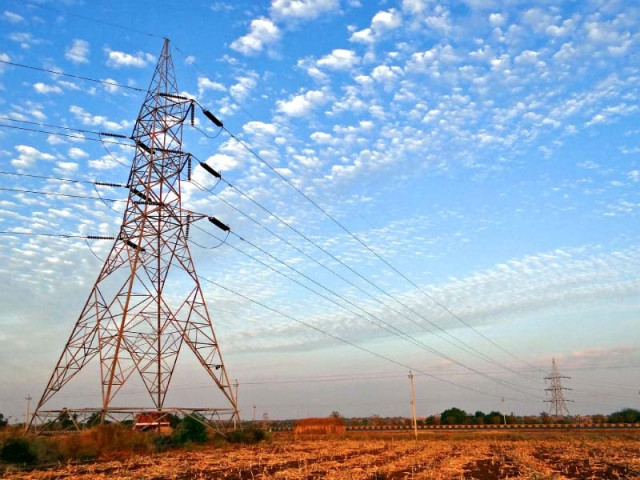In Pakistan, coal share in power generation rises to 25%
It comes due to addition of two coal-based power plants to system

The cost of power generation based on RLNG remained significantly higher compared to the electricity produced with the help of local gas. PHOTO: FILE
Coal-based power production increased over two times to 2,357 gigawatt-hours (GWh) in October compared to 1,116 GWh in the same month of last year, Arif Habib Limited said, citing the National Electric Power Regulatory Authority’s (Nepra) numbers on Monday.
The research house’s data suggested that it was the highest-ever production based on the dirty fuel - coal - which came to around 25% of the generation mix.
“Rise in coal-based generation was due to higher load factor and addition of China Power Hub Generation and Engro Powergen Thar to the system,” said Arif Habib analyst Rao Aamir Ali.
The share of coal in the total power production stood at 12% in October 2018.
China Power Hub Generation Company (CPHGC) set up a 1,320-megawatt plant at a cost of $2 billion at Hub, Balochistan under the China-Pakistan Economic Corridor (CPEC). The imported coal-fired plant started commercial operations by supplying power to the national grid station in August.
The Engro Powergen Thar project of 660MW came on line in July. The local coal-fired plant was set up at an estimated cost of $1.1 billion.
Authorities opted to utilise a massive amount of coal for power production after having replaced the expensive oil-fired power generation. The share of oil-based power production fell next to nil in October 2019 compared to around 8% in the same month of last year, according to the data.
The record high power production from coal, however, also became possible after the share of electricity generated from clean and low-cost local gas dropped eight percentage points to 12% in total generation in October compared to 20% in the same month of previous year.
Authorities have time and again said that gas deposits have been depleting rapidly in Pakistan, encouraging Islamabad to import more energy to meet the rising domestic demand in the growing economy.
Accordingly, the share of imported gas - re-gasified liquefied natural gas (RLNG) - in electricity generation surged to 25% in the total production in the month under review compared to 23% in October 2018.
The cost of power generation based on RLNG remained significantly higher compared to the electricity produced with the help of local gas.
Hydel power production also featured prominently in the energy mix. The share of the clean and low-cost power remained unchanged at 25% in the total production in October 2019 on a year-on-year basis.
Despite the massive ups and downs in power generation from different sources, the total generation, however, remained flat at 9,572 GWh in October 2019 compared to 9,574 GWh in October 2018.
Cumulatively, in the first 10 months of 2019, the power generation remained almost flat at 109,026 GWh.
Generation cost
During the month of October 2019, the cost of fuel in power generation went down 7.9% year-on-year to Rs5.02 per kilowatt-hour (kWh).
“The decline in fuel cost was led by…the coal-based generation cost, which declined 8.3% year-on-year, attributable to 34% decline in coal prices along with induction of local coal-based power plants into the system,” said analyst Ali.
In addition to this, the furnace oil-based generation (the most expensive source for power generation) and the fuel (furnace oil) price went down 97.4% and 6.8% respectively.
Hydel power generation went up 2%. Bagasse-based cost of generation went down 46.8% and wind-based power generation went up 62.7% in October.
Published in The Express Tribune, December 17th, 2019.
Like Business on Facebook, follow @TribuneBiz on Twitter to stay informed and join in the conversation.



















COMMENTS
Comments are moderated and generally will be posted if they are on-topic and not abusive.
For more information, please see our Comments FAQ